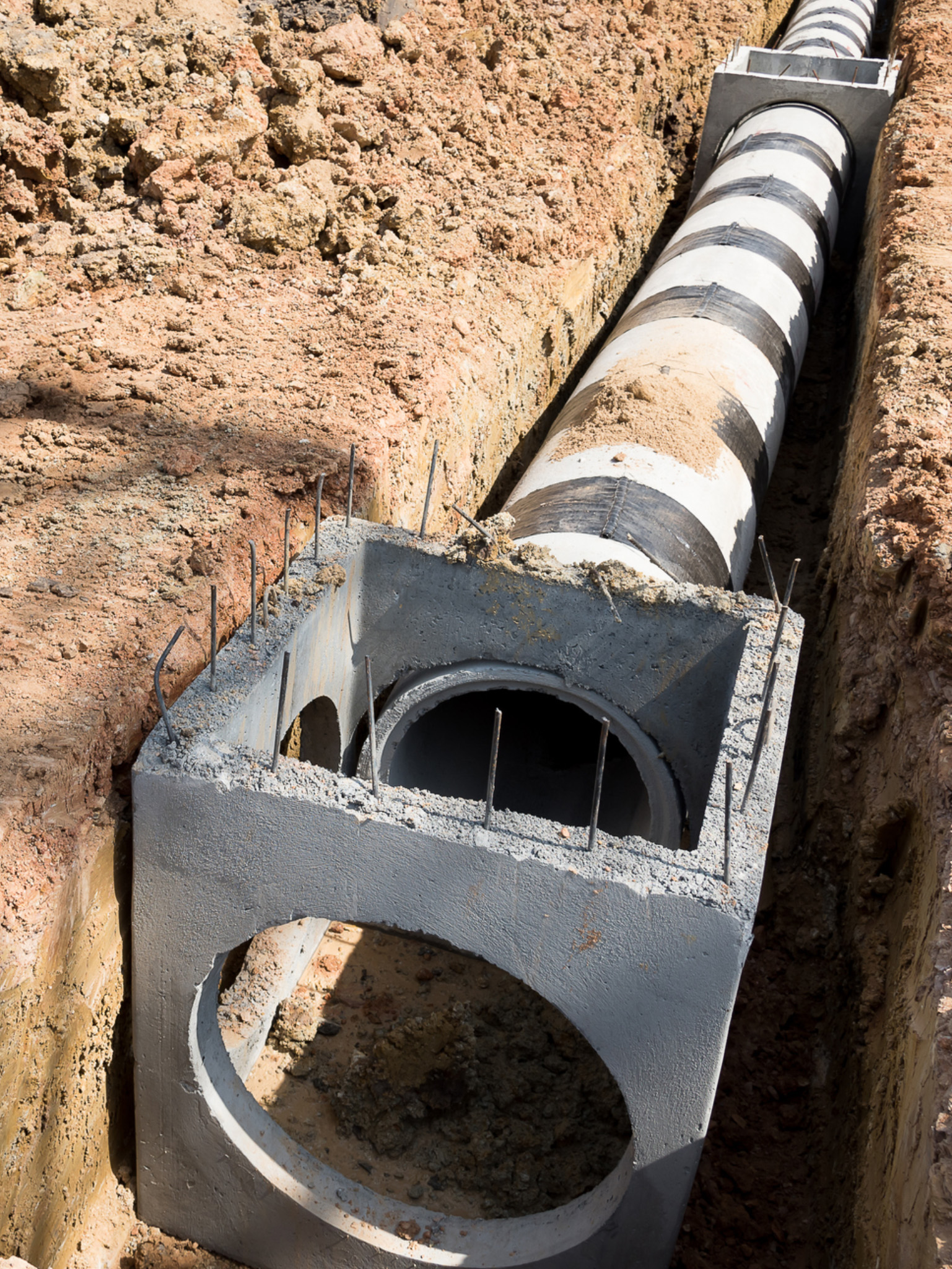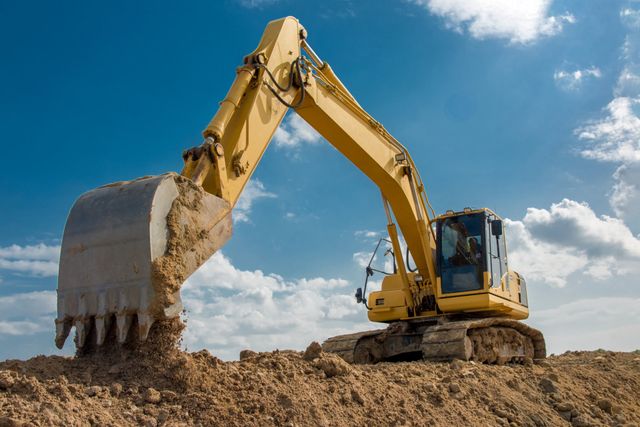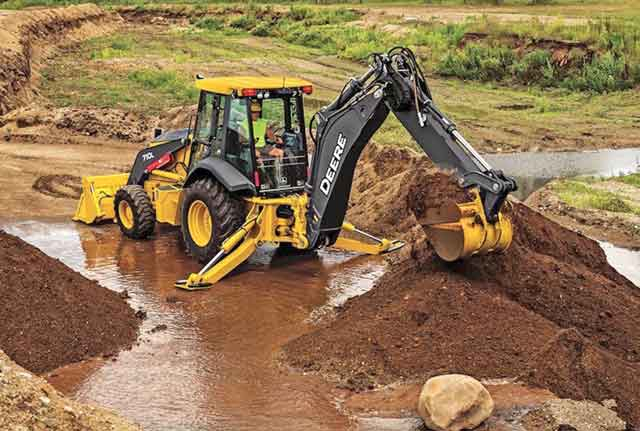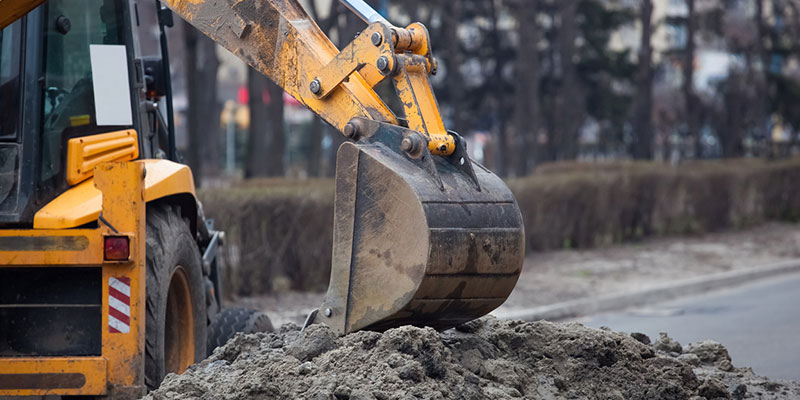Economical Lancaster Excavation - High Quality Excavation at Competitive Costs
Economical Lancaster Excavation - High Quality Excavation at Competitive Costs
Blog Article
Extensive Exploration: The Scientific Research Behind Superior Excavation Practices
From old hand tools to modern-day hydraulic excavators, the advancement of excavation strategies has been a testimony to human resourcefulness and technological advancements. What truly establishes superior excavation practices apart is a deep understanding of geological concepts, paired with the usage of advanced devices and approaches.
Development of Excavation Methods
Throughout history, the advancement of excavation methods has played a critical duty in advancing building and construction methods and archaeological discoveries. From the fundamental devices made use of by our forefathers to the advanced equipment utilized in modern-day times, the development of excavation methods has dramatically transformed exactly how we come close to various projects.
In ancient times, hand-operated labor with standard tools such as wheelbarrows, pickaxes, and shovels was the main approach of excavation. This labor-intensive process restricted the depth and extent of excavations, often causing slow-moving progression and limited access to certain sites. As people progressed, so did the devices and techniques made use of for excavation.
The Industrial Transformation marked a turning point in excavation practices with the introduction of steam-powered machinery. This advancement transformed the area, enabling for faster and extra comprehensive excavations. In modern times, technology plays a crucial function in excavation, with developments like GPS systems, drones, and 3D scanning improving precision and effectiveness in the field. The evolution of excavation techniques remains to form the method we develop, discover, and recognize the world around us.
Function of Modern Technology in Excavation

The combination of advanced innovation has actually essentially revolutionized the area of excavation, enhancing accuracy and effectiveness to extraordinary levels. One of the key technological improvements that has dramatically affected excavation techniques is the application of GPS systems. These systems permit precise mapping of excavation websites, allowing operators to properly locate below ground energies and frameworks. In addition, using telematics in excavation equipment has actually allowed real-time surveillance of machine efficiency, leading to positive upkeep and raised operational performance.
Additionally, the development of 3D modeling and simulation software program has streamlined the planning process for excavation jobs. Operators and designers can currently picture the whole excavation process prior to beginning, maximizing and determining potential challenges process. In combination with this, the implementation of drones in excavation tasks has actually assisted in airborne surveys, volumetric measurements, and site assessments with unmatched rate and precision.
Geological Principles in Excavation
An understanding of geological concepts is important for ensuring the architectural stability and security of excavation sites. Geological factors play a vital role in identifying the feasibility and safety and security of excavation jobs (septic ohio). One crucial geological concept to take into consideration is the type of dirt or rock existing at the site. Various soil kinds, such as gravel, clay, or sand, have differing degrees of stability and need various excavation techniques. Cohesive soils like clay may need added assistance to stop collapses, while sandy dirts might be vulnerable to disintegration throughout excavation.
In addition, the geological framework of the area, including faults, fractures, and rock formations, have to be carefully assessed to determine prospective dangers and difficulties. Digging deep into near mistake lines or unsteady rock developments can result in instability and potential threats. By conducting extensive geological studies and analysis, designers and excavators can establish strategies to alleviate risks and make sure the effective completion of excavation tasks. Inevitably, incorporating geological concepts into excavation practices is critical for attaining safe, reliable, and sustainable outcomes.

Most Recent Devices for Excavation
In the world of excavation practices, modern innovations in devices have actually changed the performance and accuracy of excavation processes. One of the most up to date tools making waves in the sector is using drones geared up with advanced imaging technology. These drones can provide thorough airborne surveys of excavation sites, offering real-time information on topography and prospective risks. This information help in much better planning and decision-making during the excavation procedure.
Another cutting-edge device acquiring appeal is the application of 3D printing technology for developing customized excavation tools. This enables for the production of specialized devices that are tailored to the certain requirements of a task, enhancing performance and decreasing downtime.
Furthermore, improvements in materials science have actually resulted in the growth of stronger and extra resilient excavation devices. lancaster trenching. Tungsten carbide-tipped excavator attachments, as an example, deal exceptional efficiency in challenging ground conditions, boosting efficiency on-site
Scientific research's Effect on Excavation Practices

Additionally, clinical research on dirt mechanics and geotechnical design has offered valuable insights right into dirt behavior, allowing excavation experts to make enlightened choices relating to excavation techniques and soil look at this now stablizing methods. Generally, scientific research proceeds to drive technology and improvement in excavation methods, making excavation jobs a lot more reliable, cost-effective, and sustainable.

Verdict
Finally, the development of excavation techniques has been considerably influenced by developments in technology and a much deeper understanding of geological concepts. The newest tools and tools utilized in excavation have boosted performance and precision in the area. The application of clinical knowledge has actually dramatically improved excavation practices, leading to a lot more efficient and lasting approaches for excavating numerous sorts of materials.
In the realm of excavation practices, modern technologies in devices have actually reinvented the efficiency and precision of excavation procedures. By leveraging clinical principles, the excavation industry has been able to substantially boost performance, precision, and safety in excavation processes. GPR enables excavation groups to non-invasively check and map subsurface frameworks, utilities, and possible hazards, enabling them to prepare more info here excavation tasks with better accuracy and reduced danger of mishaps.
Furthermore, scientific research on dirt auto mechanics and geotechnical design has actually offered valuable understandings into dirt behavior, permitting excavation experts to make informed choices concerning excavation methods and dirt stabilization methods. In general, scientific research continues to drive technology and enhancement in excavation techniques, making excavation jobs more effective, cost-effective, and lasting.
Report this page